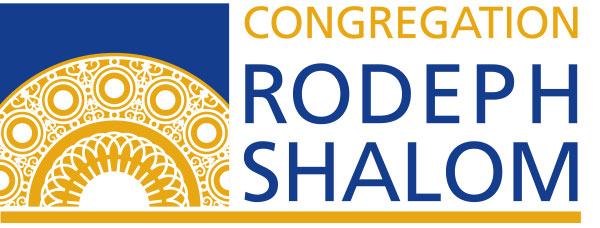By Rabbi William Kuhn
The Seder is filled with many questions, but one of the most asked questions is, “Which is the correct Haggadah to use?” Is there a real, official Passover Haggadah? Well, the answer is the same as the answer to so many Jewish questions, “Yes and No.” There is no specific, single, official Passover Haggadah, but there is a basic structure that the book should follow.
Haggadah shel Pesach means the narration of the Exodus story as recited at the Seder service. Seder means order, and refers to the festival meal which follows a prescribed order of rituals, blessings and readings. The Seder is more than a meal, of course. It is also a study session which teaches us the history of our people, especially the exodus from Egypt. The Haggadah is really a guide book for the Seder. The word, Haggadah is Hebrew for “telling,” and comes from the commandment in the Torah, “You shall tell your children [the story of Passover].”
The Passover Seder, as we know it, began after the destruction of the Temple in Jerusalem by the Romans in the year 70 C.E. The first known Haggadah was printed as a book in 13th century Spain. The oldest known Haggadah in existence (13th century) is now displayed in the Mocatta Library in London, and is beautifully illustrated with Biblical scenes, and symbols from the Seder. Most of these early Haggadot were included as a part of the prayer books. By the 16thcentury, most versions of the Haggadah were published as a separate book. There have been over 1,000 different versions of the Haggadah. The first Haggadah published in the United States was in 1837 by Solomon Henry Jackson in the Poconos, in Pike County, Pennsylvania.
The Reform Movement in America has produced several significant Haggadot. The first one was published in 1886, and then The Union Haggadah was published by the Central Conference of American Rabbis (CCAR) in 1908, and revised in 1923. For those of us who grew up with this version, we always thought this was the REAL Haggadah, while all the others were not. Of course, which ever version of the Haggadah you grew up with, you probably thought that was the real, authentic version too. But nothing could be further from the truth. There are as many versions as there are creative minds who want to express a new meaning in this profound ritual.
The next “official Reform” Passover Haggadah came in 1974, also published by the CCAR, called A Passover Haggadah, The New Union Haggadah, edited by Rabbi Herbert Bronstein and illustrated by Leonard Baskin. These illustrations are so magnificent that the book has come to be known as “The Baskin Haggadah.”
In 2002, the Reform Movement published a new version, The Open Door, which was edited and compiled by our own Rodeph Shalom member, teacher and beloved friend, Rabbi Sue Levi Elwell and beautifully illustrated by Ruth Weisberg.
Of all the many versions published throughout the years, the Passover Haggadah brought to you by the Coffees of Maxwell House, is perhaps the best known. In one of the smartest marketing ideas of the century, Maxwell House sponsored the distribution of millions of Passover Haggadahs over a period of many years. In its efforts to prove its authenticity, it claims “This Haggadah is complete. There are no deletions from the traditional version, in either Hebrew or English.” It acknowledges the help of Orthodox rabbis who worked for many hours on the text, and also certifies that Maxwell House coffees are Kosher for Passover.
One of the most interesting trends has been the emergence of Passover Haggadahs for many different causes of freedom and liberation. One of my favorites is The Ma’yan Passover Haggadah published in 1996 by the “Ma’yan: The Jewish Women’s Project,” on the Upper West Side of New York. It interprets the Passover themes of freedom and liberation as having special meaning to women today.
Passover is a holiday that celebrates the freedom of the Israelites from slavery thousands of years ago, but it also celebrates the struggle today of our transition from darkness into light and from harsh realities into sweet liberation. This theme is just as relevant today, if not more so, than ever before.
